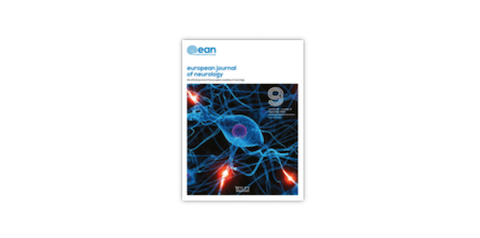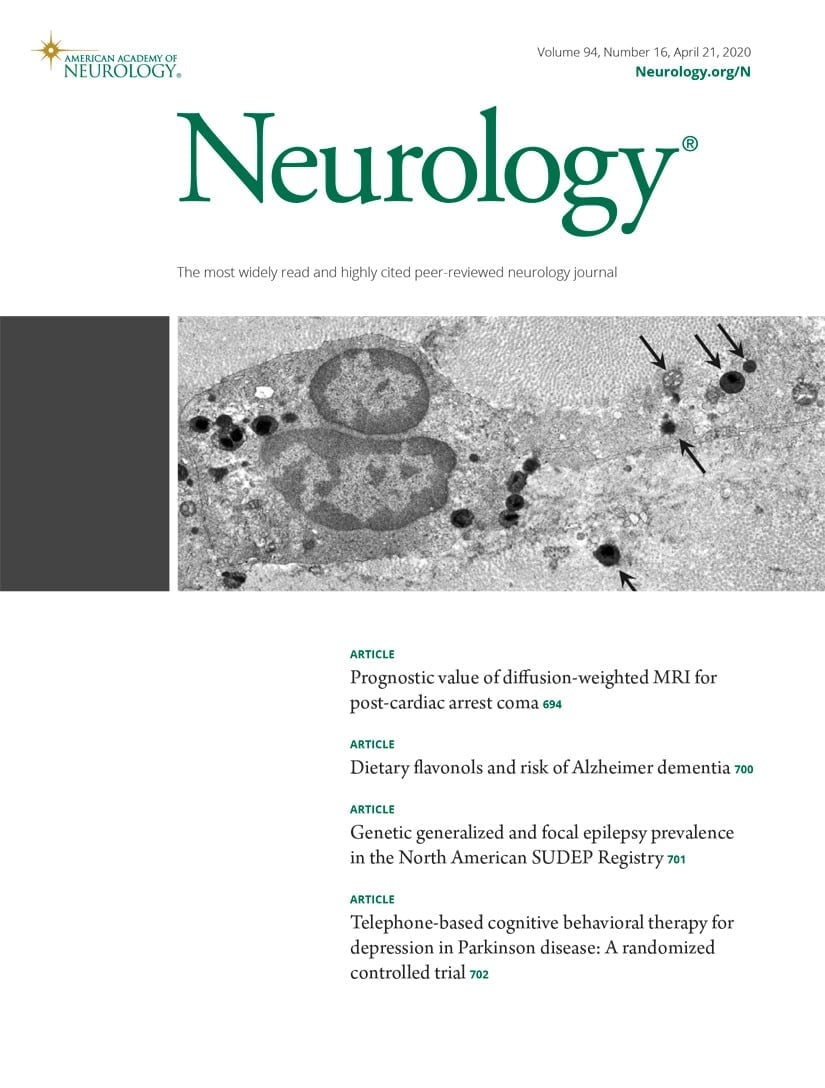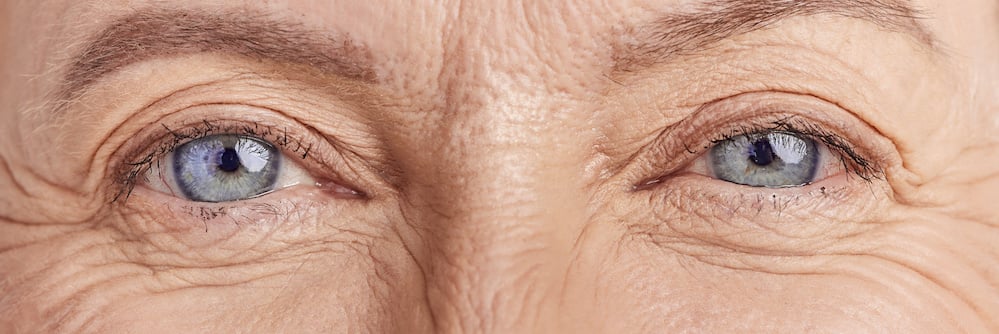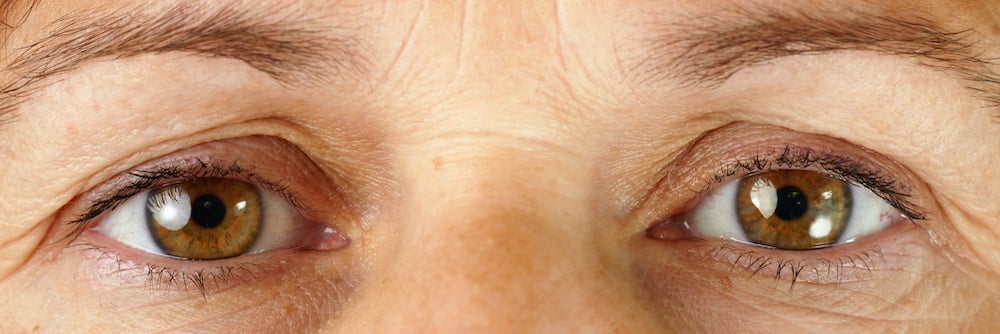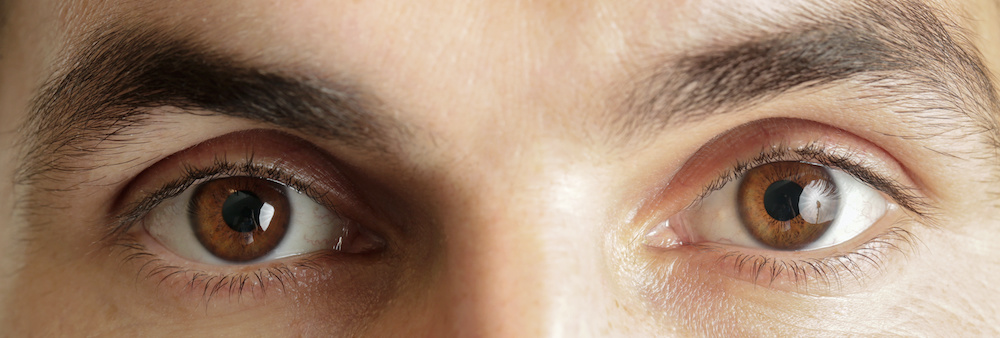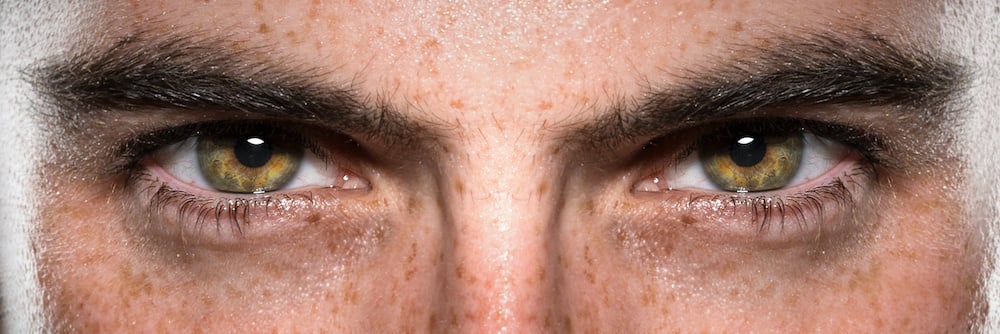Ocular motor study in patients with Niemann Pick disease Type C
Eye movement abnormalities are sensitive markers in neurodegenerative disorders. One such rare autosomal recessive inborn error of metabolism is Niemann-Pick disease type C (NPC), caused by a mutation in the NPC1 (95%) or NPC2 genes.
